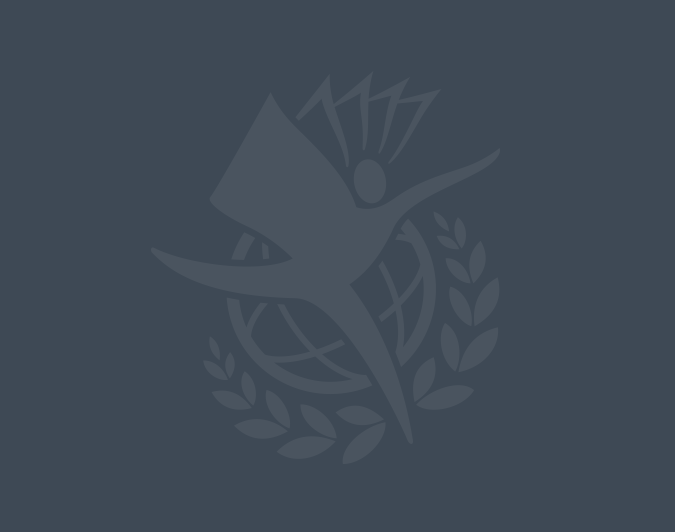The IOMC Toolbox project comprises nine Participating Organizations (PO) that contribute to the IOMC with the purpose of promoting coordination of the policies and activities pursued jointly or separately to achieve the sound management of chemicals in relation to human health and the environment. The IOMC Toolbox is an internet-based tool that aims to provide target user groups, primarily from developing countries, with guided access to be able to identify the most relevant, efficient and appropriate national actions to respond to chemicals management problems. The project is funded by the European Union.
DOWNLOADS
What are the evaluation’s principal findings?
The mid-term evaluation of the IOMC Toolbox found that most of the planned deliverables were produced in accordance with the project’s work plan, with new and enhanced functionalities added to the Toolbox. Existing management schemes were revised and new management schemes, tools and toolkits added, as well as promotion and training to raise awareness on the use of the Toolbox initiated. However, although the various promotion and training events increased stakeholder awareness and the results suggested that there was much intent to use, the actual utilization of the Toolbox is limited. Users and non-users cited various challenges to using the Toolbox, including lack of technical capacity or experience, language barriers, and Internet connection problems, among others. The most frequently cited suggestion for increased use is through the provision of training opportunities.
What recommendations stem from the evaluation?
Strengthen the Toolbox’s learning strategy
The strategy should build on the approach developed by POs in 2015/early 2016, with tailored learning opportunities to specific country or (sub) regional needs and stakeholder characteristics, including language, sectors represented (in addition to government), chemical risks and management needs, etc. The learning strategy should also include blended approaches, combining face-to-face training with follow-up webinars, as well as more regular monitoring/assessment of feedback from participants having participated in the training.
Develop concrete examples on Toolbox use
Concrete examples (cases, illustrations) could be presented in various formats, including short e-newsletters sent to SAICM country focal points and other contacts, links inserted directly in the Toolbox, presentations made in face-to-face training events or webinars.
Further improve responsiveness and user-oriented navigation within the Toolbox
Fine-tuning should include reviewing hyperlinks to tools located on participating organization websites, facilitating navigation back to prior pages, inserting links to cross-reference tools/toolkits in different management schemes and inserting hyperlinks in web-based toolkits to enable users to easily return to the Toolbox.
Better real-time monitoring
Enhanced real-time monitoring could include, for example, inserting a pop-up survey in the Toolbox for visitors to respond to several short questions that could provide better feedback than web statistics.
Voice from management
“As the final evaluation will involve the preparation of ten narrative case studies to help analyse the impact and sustainability that the Toolbox has had on countries, this will be used to extract or develop illustrations on how targeted groups are using the Toolbox that can serve as concrete examples that can be potentially replicated by other targeted users.”


